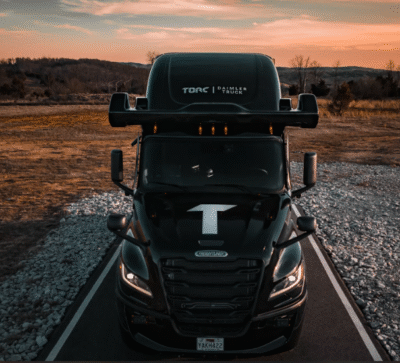
Torc, a pioneer in self-driving Class 8 trucks, has announced a new strategic collaboration with Edge Case (EC), specialists in frontier technologies and safety-critical systems. The partnership aims to strengthen Torc’s mission of commercializing Level 4 autonomous trucks for long-haul applications in the U.S.
As part of this initiative, Torc’s Driverless Safety Case will be aligned with the AVSC Best Practices and the Open Autonomy Safety Case (OASC) framework. This alignment will create a more streamlined, structured, and transparent safety case—accelerating development, improving cross-functional reviews, and enhancing clarity.
Edge Case will conduct independent assessments of Torc’s Safety Case Framework and Evidence Sufficiency Criteria, ensuring rigorous validation ahead of production and commercialization. These evaluations will include comprehensive reports and collaborative review sessions with Torc’s safety, engineering, and operations teams. Looking forward, Edge Case will also review completed safety case evidence, reinforcing Torc’s commitment to independent validation and safety leadership in autonomous trucking.
“Edge Case brings world-class expertise in building rigorous and comprehensive safety programs,” said Jerry Lopez, Senior Director of Safety Assurance at Torc. “Their leadership and experience across multiple autonomy segments make them an ideal partner as we move toward production readiness.”
This announcement comes on the heels of Torc’s recent appointment of Steve Kenner as Chief Safety Officer and the company’s ongoing prioritization of safety through integrated, cross-functional collaboration.
“This partnership with Torc represents a pivotal step forward in advancing autonomous trucking safety,” said Nathan Parker, Chief Executive Officer of Edge Case. “By leveraging our deep experience across autonomy domains, we’re helping ensure that Torc’s safety case is not only rigorous and transparent, but also production-ready for real-world deployment.”
With this collaboration, Torc is advancing toward its goal of launching fully driverless, commercial autonomous trucks for long-haul applications in the U.S. by 2027.




COMMENTS